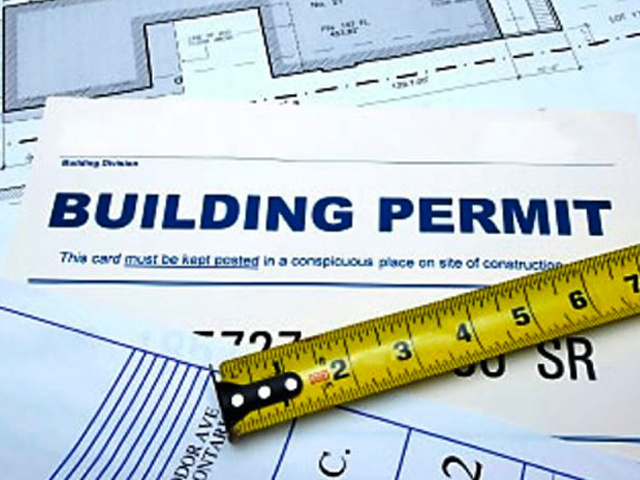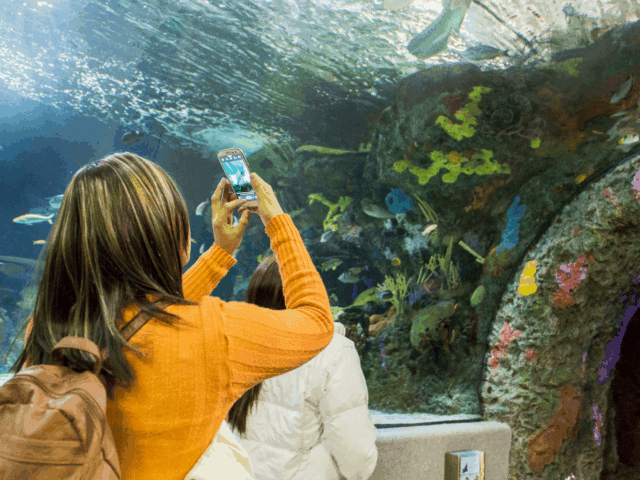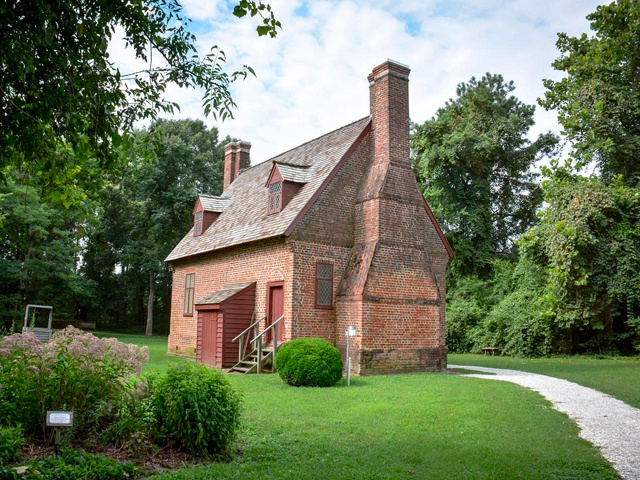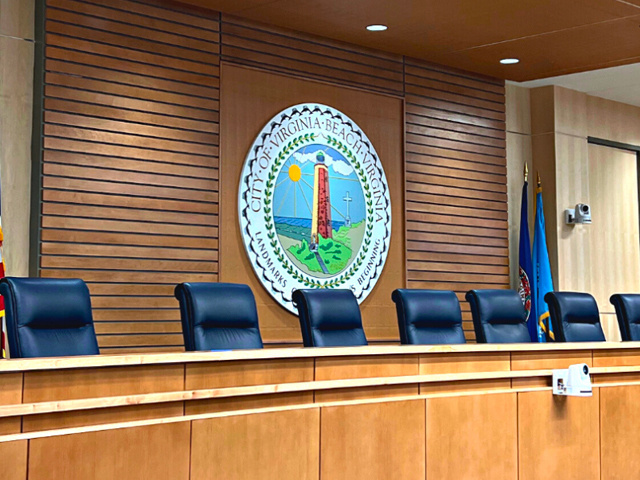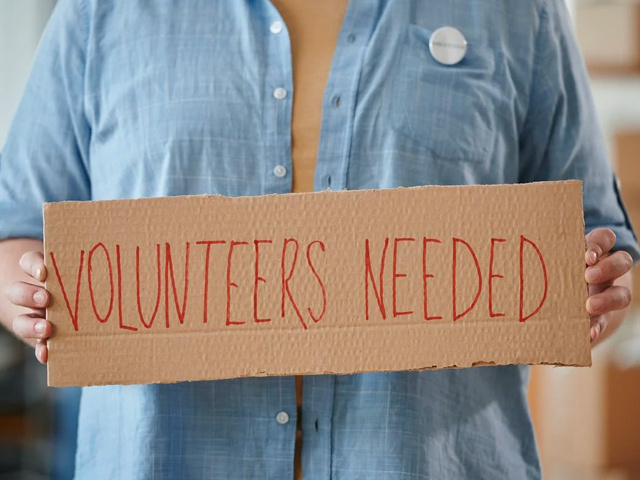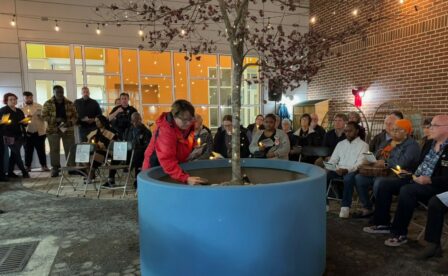Be In The Know
The Ripple Effect: Marsh Restoration for Back Bay Facing Environmental Permitting Challenges
City Council will back a delay in hopes of a legislative fix.

City Council received an update to the Marsh Restoration Project in Back Bay on May 27 from City Engineer Toni Utterback with the Department of Public Works. With environmental permitting a challenge, City Council agreed with the department’s recommendation to delay the project until after the next General Assembly legislative session. This approach will provide an opportunity to seek a carve-out, or exemption, that could help move the project forward.
Why Marsh Restoration?
The project aims to restore valuable marsh habitat and reduce flooding in the Back Bay area, which has lost more than 2,000 acres of marsh habitat and approximately 70% of its aquatic vegetation. The low-lying areas in the Southern Rivers Watershed experience frequent flooding caused by “wind-tides,” when strong southerly winds push water inland.
Restoration plans include creating 41 marsh terraces on approximately 47 acres in Bonney Cove, along with establishing:
- 14 acres of upland habitat
- 13 acres of marsh habitat
- 16 acres of submerged terrace habitat
In addition, more than 130,000 native plants will be planted and approximately 310 acres of submerged aquatic vegetation (SAV) will be restored between the terraces.
Funding and Permitting Snapshot
The project is fully funded at $46.5 million, with more than $15 million coming from state and federal grants. Originally, construction on the project was expected to begin early this spring. But permitting issues have delayed the start, with recent surveys showing extensive SAV coverage in the area, which is protected.
The Department of Historical Resources also raised concerns about possible submerged cultural materials from prehistoric settlements that require further investigation.
Given these permitting challenges, City Council was presented with four options to consider:
- Keep the current design and put the project on hold for up to five years. During this period, if surveys show low or no SAV presence, reapply for permits. This approach carries the risk of losing existing grant funding.
- Change the project design to avoid the SAV entirely. This would require a new permit process and significant redesign costs, and it would require removing more than 50% of the marsh terraces from the design, greatly diminishing the project’s benefits.
- Postpone the project until after the next General Assembly session and attempt to secure a policy carve-out, or exemption. This also risks impacting existing funding.
- Cancel the project entirely and return the grant funding.
What’s Next?
Public Works officials recommended option three, saying it provides the best opportunity to move forward in the fastest manner possible. City Council agreed to proceed with option three and will consider public meetings to address concerns and questions from residents.
The Marsh Restoration Project remains a top priority for the city. Updates on the project and information on upcoming public meetings will be shared as soon as available at VirginiaBeach.gov/MarshRestoration.
The Virginia Beach Flood Protection Program — The Ripple Effect — is a comprehensive 10-year plan to address recurrent flooding in Virginia Beach. In November 2021, Virginia Beach voters overwhelmingly supported a resiliency package for several key flood protection initiatives to include drainage improvements, tide gates, pump stations and flood barriers throughout the city. The projects are led by Public Works with support from a community oversight board for transparency and accountability. Learn more at virginiabeach.gov/RippleEffect.
Keep Reading
See All Posts-
Calendar News Blog Hot Topics Multimedia Social Media Mobile Apps




